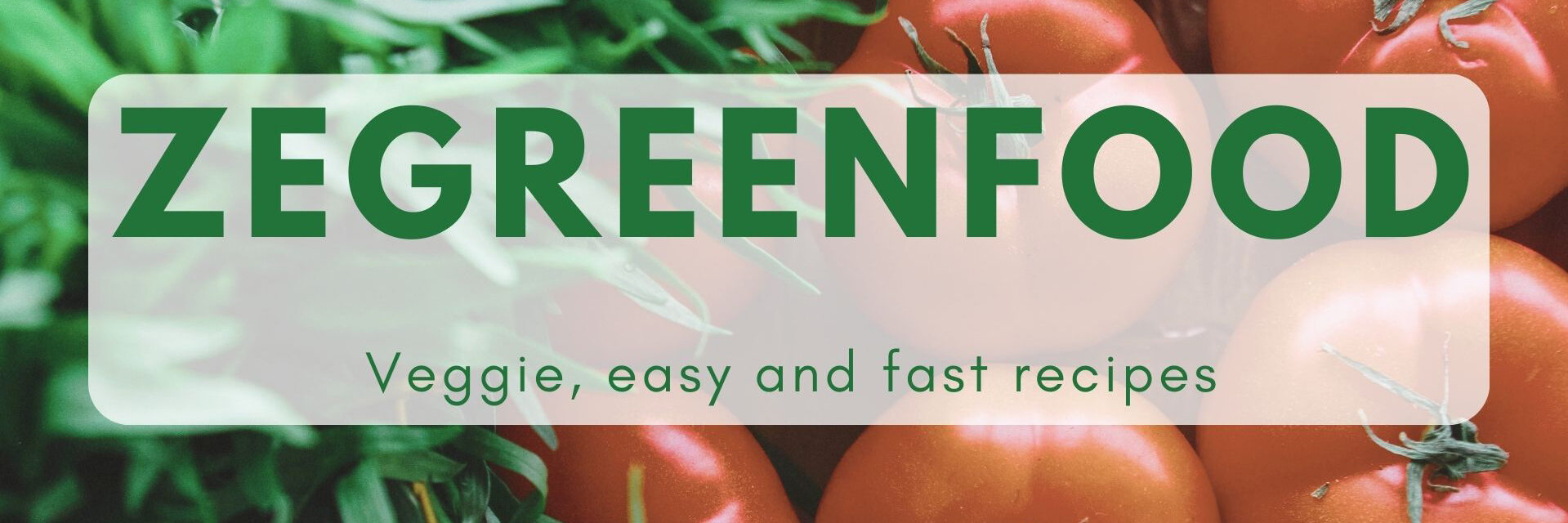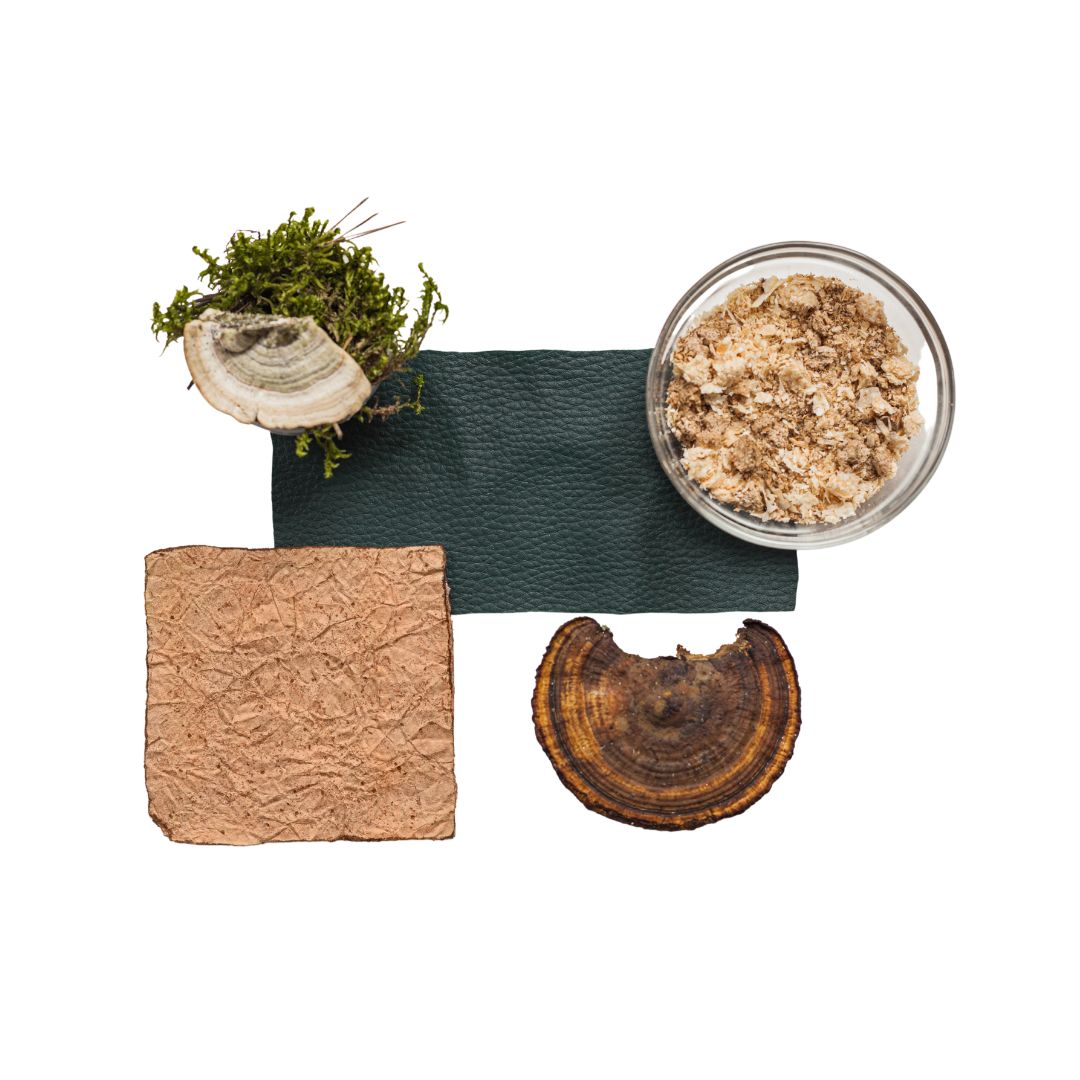For several years now, brands have been positioning themselves in this booming niche: vegan leather accessories. Because more and more consumers want products whose composition bans anything that comes from animals.
We are therefore seeing alternative solutions to leather flourish for everything related to handbags, jackets, shoes, etc. bearing the words vegan leather or vegetable leather. But what is it really about? We tell you everything about this phenomenon which has a bright future ahead of it!
Vegan leather: definition
Non-vegan traditional leather is made from animal skins such as cow, sheep and even fish. For some time now, it has been the subject of criticism linked to ethical and environmental considerations: violence in breeding and slaughter, high consumption of water for the manufacture of leather, tanning products, etc.
vegan leather is an alternative to skins of animal origin (for shoes, bags or vegan clothing): and yes, this may seem paradoxical. But then what is vegan leather?
vegan leather is a material made from plant residues such as pineapple, apple, mushrooms, eucalyptus, cactus, etc. No more products of animal origin, here everything comes from the plant world.
Vegan leather or faux leather?
In the alternatives to animal leather, we also find materials made with plastic, we will then rather speak of imitation leather or faux leather. You identify it by reading the composition of the product on the label: if there is polyurethane or even synthetic fiber, it is plastic.
Whether imitation or vegan leather, they do not contain anything from animals and are not tested on them either.
Vegan leather and vegetable leather: what are the differences?
Also pay attention to the name vegetable leather: it means (most often) that only the tanning is carried out with plant products supposedly more respectful of the environment. leather remains the skin of an animal and is therefore not of plant origin: it is therefore not vegan leather.
How is vegan leather made?
vegan leather is made with pineapple leaves or apple waste that normally goes in the trash. It can also use mushrooms, cactus, cork, etc.
Please note, however, that vegan leather is not 100% biodegradable.
For what ? In order for it to have the strength and durability of animal leather, a coating made of polyurethane (plastic) must be added. It represents between 10% and 50% of the composition of vegan leather.
Other vegan leathers are made with different plants such as mushrooms.
Vegan leather maintenance
Vegan leather care is simple: clean it with a damp sponge and a little Marseille soap, rinse gently with water and let dry.
To make your vegan leather (shoes, bag, jacket) more resistant to bad weather, waterproof it.
Overall, the maintenance of vegan leather is minimal and is therefore practical to use.

